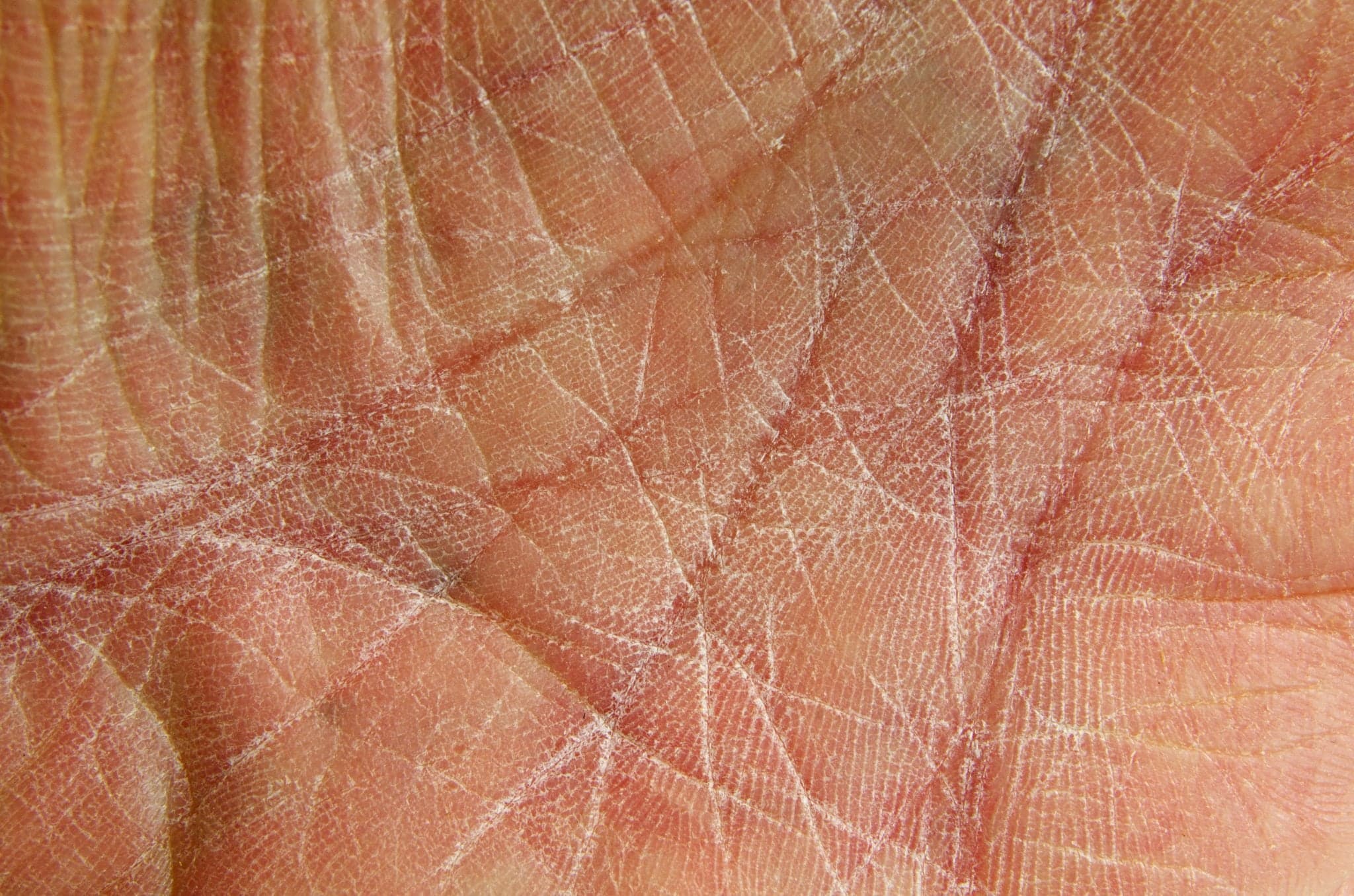
2018-10-03T09:37:12
What are the Risks of Uncontrolled Medical Conditions During Plastic Surgery?
- Plastic and Reconstructive Surgery
- Value-Based Care
April 21, 2016 | Plastic and Reconstructive Surgery

Reconstructive surgery is a broad term that defines procedures that restore some form or function to the body. Medically necessary surgeries often return a part of the body to norm after injury or illness. They may fix congenital defects, as well, such as a cleft palette.
For many people, getting reconstructive surgery is a life-changing event. The concept of reconstruction is a complex one, though. Finding out more about the different types of surgery available will help you make an informed decision about your body and the possibility of reconstructive surgery.
The public often uses these words interchangeably even though they have different purposes. Plastic surgery is an umbrella term for various types of reconstructive procedures like traditional reconstructive surgery, craniofacial surgery and microsurgery.
Cosmetic surgery is an optional, or medically unnecessary, procedure designed to improve someone’s appearance. Breast augmentation, for example, is a cosmetic surgery done for a different reason than someone getting breast reconstruction. A woman who undergoes a modified radical mastectomy needs breast reconstruction to replace the tissue and nipple removed because of cancer. She is not looking to change her body shape specifically but is replacing a breast lost due to illness.
Medically, reconstructive surgery refers to a procedure that is necessary to restore a part of the body. It may include complex wound closing, traumatic reconstruction or another surgery designed to rebuild something instead of enhancing it.
Finding out more about the different types of surgery available will help you make an informed decision about your body and the possibility of reconstructive surgery.
Reconstructive surgery helps repair a part of the body damaged by disease, trauma or defect. The American Society of Plastic Surgeons reports there are more than one million of these types of surgeries done every year.
There are literally hundreds of different kinds of reconstructive procedures, but some of the more common ones include:
It is up to the surgeon to determine if someone is a good candidate for surgery, but there are factors to consider. Overall health, for example, is critical. The doctor will do a detailed medical history looking for conditions that may complicate healing like diabetes or high blood pressure. Lifestyle choices may affect this decision, too, such as smoking.
In some cases, medical necessity factors into surgery as well. A breast reconstruction can be put off until the patient is stronger, but something like a wound closing has to be done quickly.
Some problems that require reconstructive surgery affect other parts of the body, so that is something the physician takes into account. For instance, someone with a traumatic injury might have impaired mobility without an immediate corrective procedure.
Once the surgery is complete, you will need some recovery time. Extensive procedures might require physical therapy to help you heal and increase your flexibility. Contact us to learn more about medically necessary reconstructive surgery and how it can change your life.
WRITTEN BY:
The Live Better Team

2018-10-03T09:37:12

2017-09-19T11:00:59

2017-09-11T10:40:36

2017-09-05T09:30:10
This information is not intended to replace the advice of a medical professional. You should always consult your doctor before making decisions about your health.